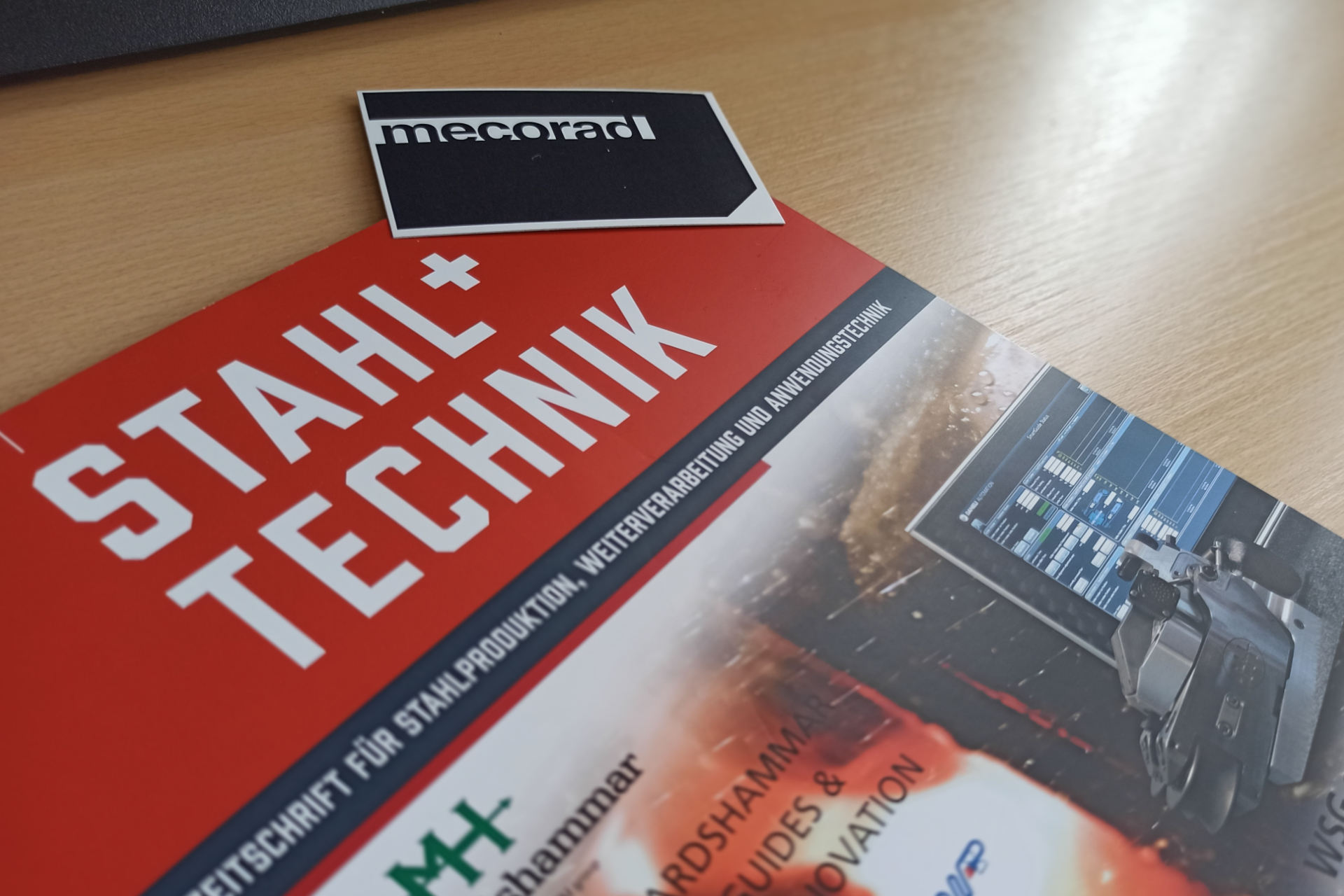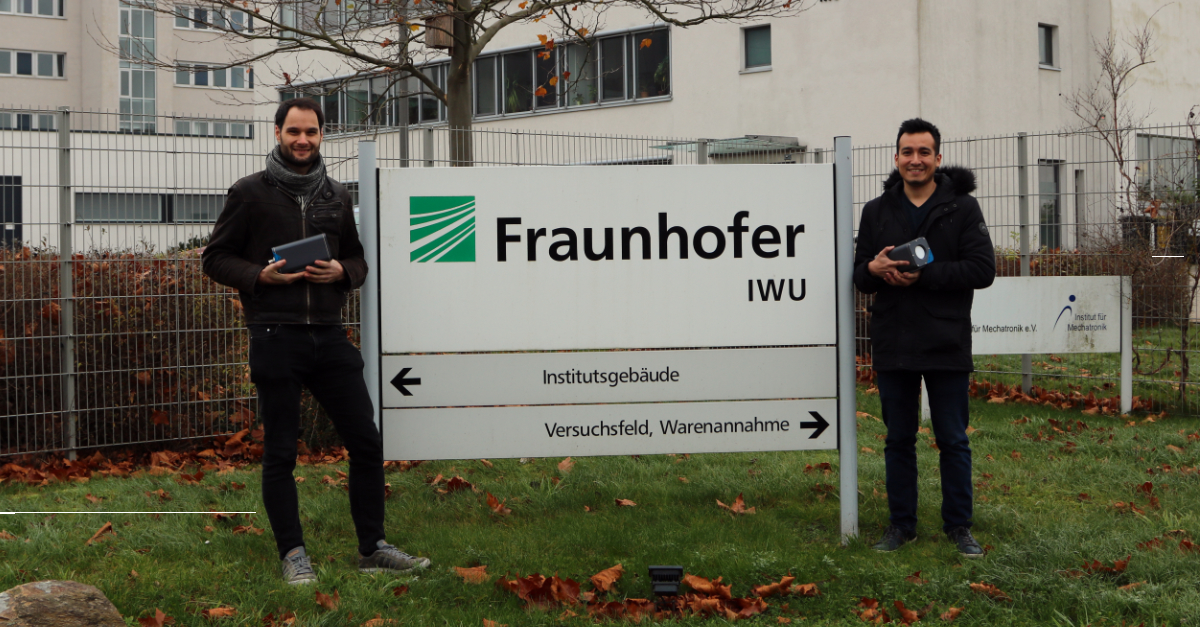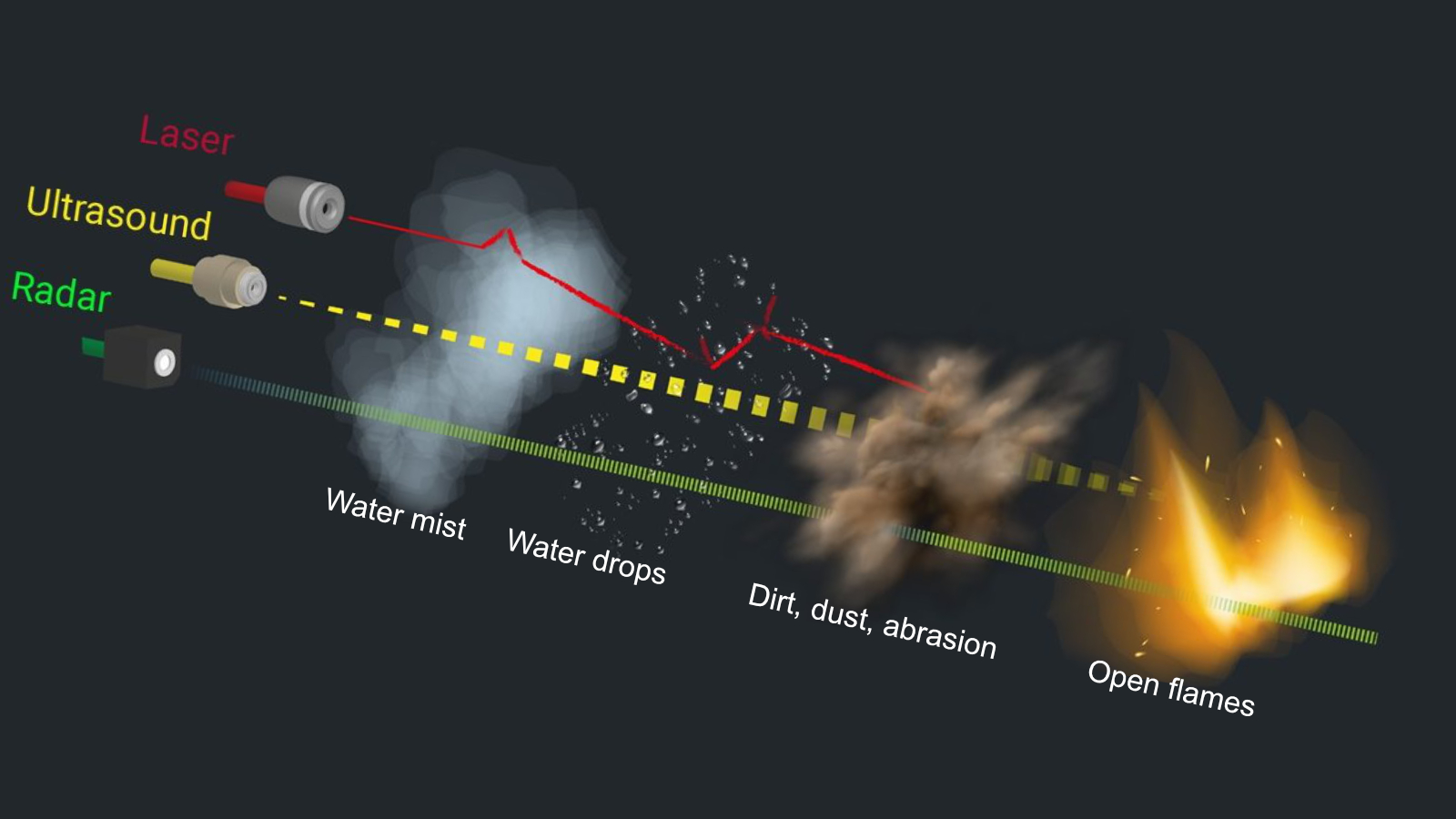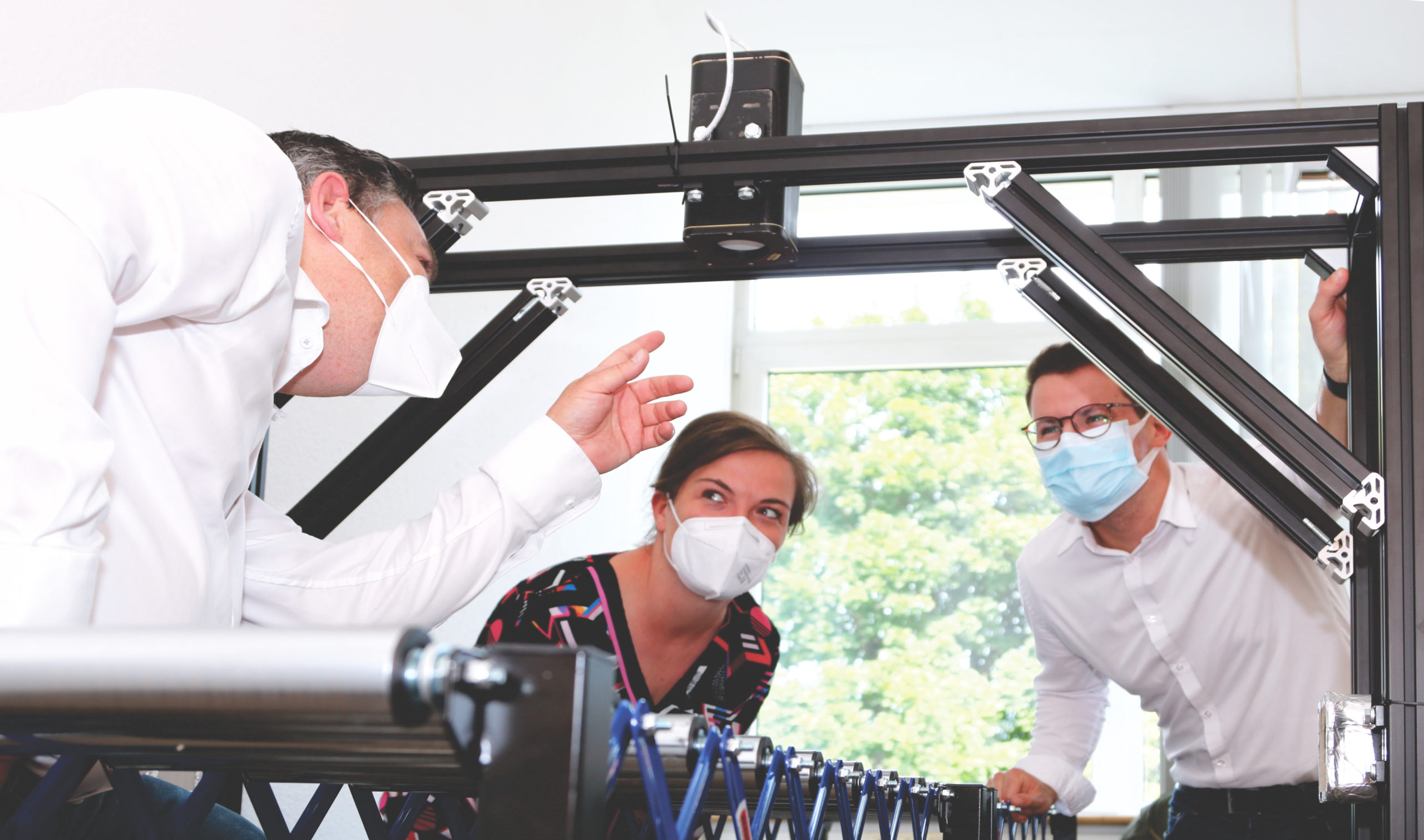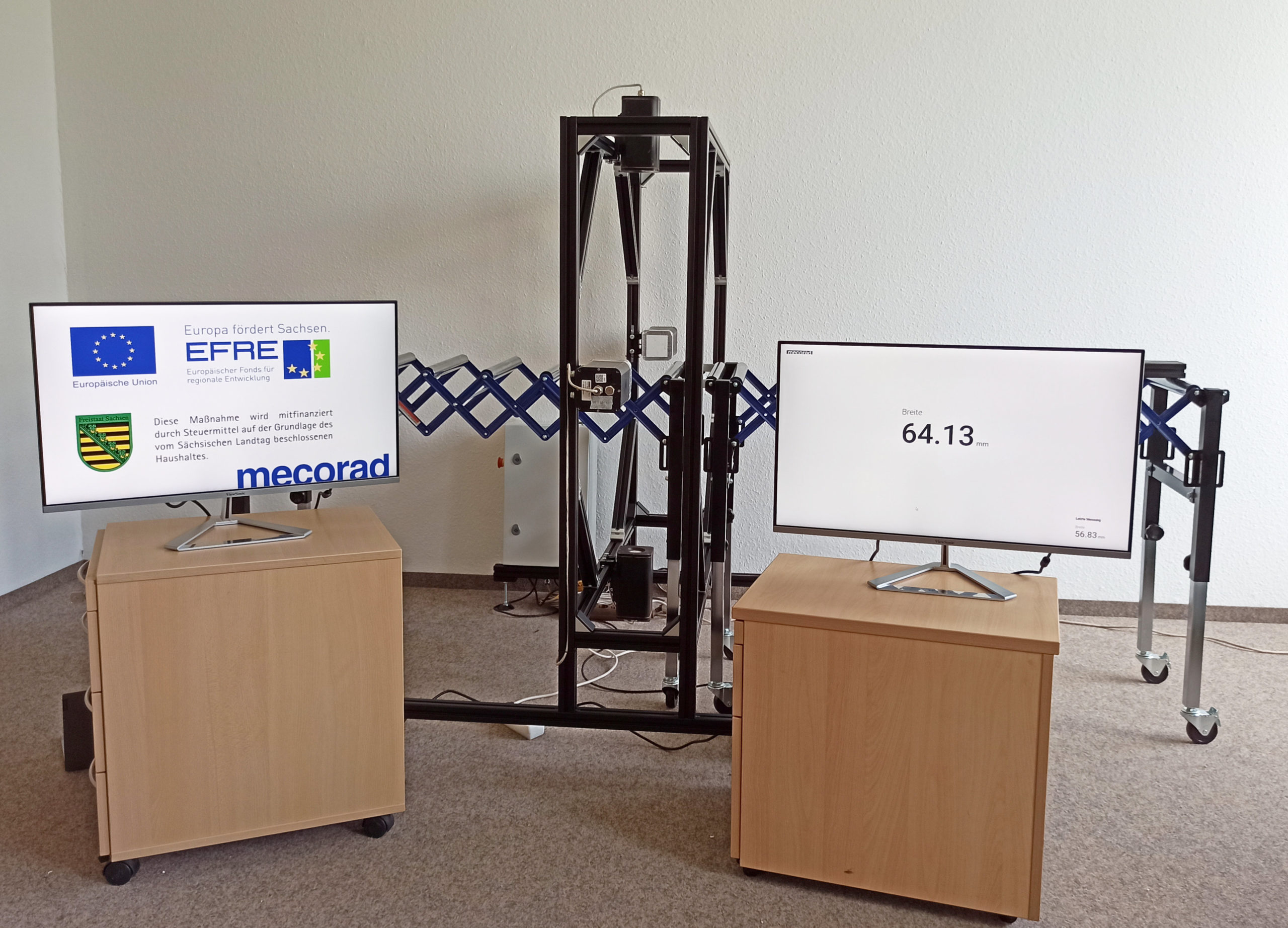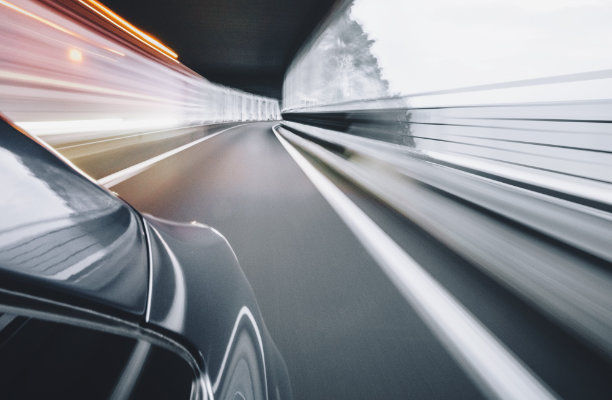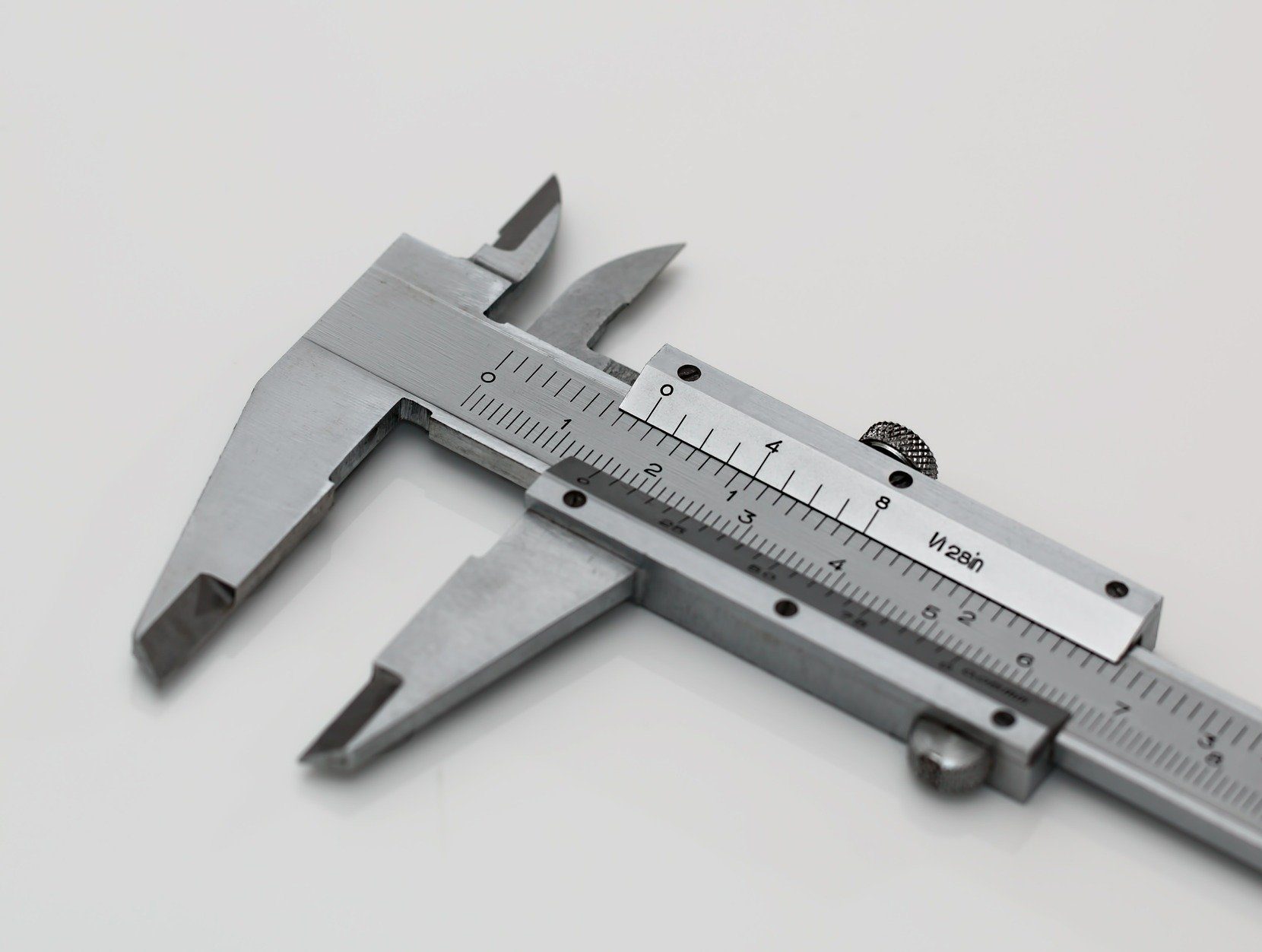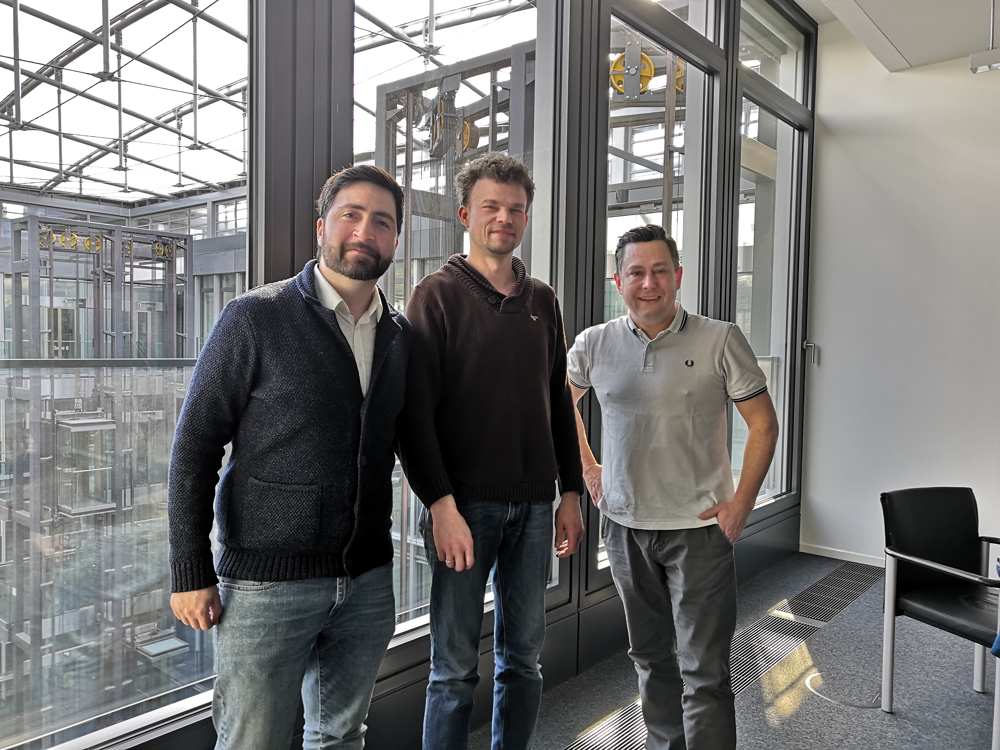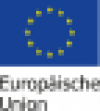mecorad´s CEO Dr. Marc Banaszak talks about the motivation behind mecorad’s products. Also, he introduces the continuous casting solution and opens up on learnings from the pandemic.
You can find the full article also here (German version only). Or have a look at the latest issues of STAHL + TECHNIK and STEEL + TECHNOLOGY.
Category: Uncategorized
mecorad´s improvements in continuous casting processes funded
Measurement Directly Below the Mould
mecorad’s new development enables the collection of geometrical data directly below the mould exit in the cooling zone during continuous casting processes.
While traditional systems measure dimensional accuracy only at the end of the straightening zone, mecorad’s solution takes measurements much earlier. It measures the width of the cast strand approximately four meters below the mould level, in a zone where the surface of the red-hot strand is just beginning to solidify.
High Precision for Greater Control
The measurement accuracy of the strand width is below one millimeter. This level of precision allows deviations from tolerances to be detected and addressed early, ensuring tighter process control.
Real-Time Data Processing for Enhanced Efficiency
Seamless Integration with Intelligent Software
The data collected by mecorad’s system is processed in real-time by intelligent software. This information can be integrated into the customer’s existing systems via interfaces, ensuring smooth operation.
The rapid feedback enables the casting process to be adjusted more effectively to meet required tolerances.
Reducing Rework and Material Waste
With precise measurements and real-time processing, time-consuming reworking is significantly minimized. Additionally, material overcasting is greatly reduced, saving costs and conserving valuable resources.
Improving Casting Models Across Plants
The measured values also provide critical insights for improving casting models. These models can be refined and used for cross-plant comparisons, leading to better standardization and optimization of production processes.
Showcased on a European Stage
The new development was presented for the first time together with Aperam Châtelet Belgium at the European Steel Technology and Application Days 2021 in Stockholm.

Find out more about the mecorad solutions for continuous casting.
Click here to visit the website of the European Steel Technology and Application Days.
Co-operation with Fraunhofer IWU Chemnitz
As part of the project, mecorad is testing the measurement of complicated geometries in hot forming processes with radar technology.
Our radar sensors are predestined for work under extreme conditions, such as those found in hot forming. So now, we are curious to take radar based measurement to the next level.
Measurement options for hot metals forming
For measurements in hot metals forming, there are several options.
At mecorad, we fully understand the unique and complex challenges involved in processing hot steel and metal. Both upstream and downstream processing in such environments are not only demanding but also require tailored solutions. Therefore, the following key considerations can help guide you in selecting the right measurement solution:
- What level of accuracy is required?
- What are the environmental conditions? (e.g., dust, steam, heat, or even a vacuum).
- Are there any specific characteristics of the material?
This article focuses on comparing the contactless measurement methods of laser, ultrasound, and radar. Since these technologies are widely used, they are often preferred over isotopic solutions like X-rays. Unlike X-rays, they do not pose radioactive hazards, making them a much safer alternative.
Measurement with Ultrasound
How It Works:
Ultrasound sensors measure distances by using the time-of-flight principle. In this process, the sensor emits high-frequency sound waves ranging from 20 kHz to 1 GHz, which then travel through the air. When these waves encounter a metallic object, they are reflected back toward the sensor. By calculating the time shift of the returning signal, the distance is accurately determined.
Advantages:
- Effective for complex or transparent objects.
- Works well with shiny or homogeneous materials.
- Commonly used in quality control to detect material defects, inclusions, or impurities.
Limitations in Industrial Settings:
- Interference from the environment: In unstable temperatures or changing air compositions, sound waves can lose accuracy.
- Challenges with dusty or steamy environments:
- Dust or micro water droplets scatter the ultrasound waves, interrupting signal transmission and reflection.
- Heat convection around glowing steel slabs disrupts the signal.
Laser measurement
How It Works:
A laser, which stands for Light Amplification by Stimulated Emission of Radiation, uses electromagnetic waves that travel at the speed of light. In industrial applications, lasers usually rely on one of three principles: triangulation, phase shift, or time-of-flight. Each method has its own advantages depending on the specific use case.
Advantages:
- Highly precise under ideal conditions.
- Suitable for object detection and speed measurement.
Challenges in Harsh Conditions:
- Dust and Deposits:
Dust or deposits block the laser beam, requiring frequent cleaning—a task often impractical in industrial settings. - Glowing Objects and Open Flames:
Standard red-light lasers are ineffective with glowing metal due to the similarity in infrared frequencies.- Solution: Blue-light lasers can mitigate this issue but are expensive and not suitable for all tasks.
- Solution: Blue-light lasers can mitigate this issue but are expensive and not suitable for all tasks.
- Wet or Reflective Surfaces:
- Surfaces with varying reflective properties reduce accuracy.
- Large water droplets, such as those in steel cinder washes, refract laser signals.
- Maintaining a consistent sensor-to-object distance is essential for robust signals.
Radar measurement
How It Works:
Radar measurement relies on electromagnetic waves. High-frequency signals are emitted, traveling at the speed of light. The sensor calculates distance by measuring the reflected signal.
Advantages:
- Resistant to environmental interference: Radar remains accurate in dusty, wet, or high-temperature environments.
- Penetrates fog, steam, and flames: Unlike laser, radar waves are largely unaffected by visual obstructions.
- Reliable in dynamic settings: The focused radar beam ensures measurements are not hindered by partial obstructions.
Why Radar is Ideal for Hot Metal Processing:
Radar may be slightly less precise than lasers in laboratory conditions. However, it excels in industrial environments where precision is required despite harsh conditions. This makes it the best choice for measuring width, thickness, and length of hot metal.
Conclusion: Choosing the right technology
Selecting the right measurement technology depends on environmental conditions and the required accuracy. While ultrasound and laser excel in controlled settings, radar is unmatched in robustness and reliability under industrial conditions.
At mecorad, we integrate radar into our IIoT measurement solutions. This ensures precise results even in the harshest environments.
Contact us to learn how our innovative solutions can benefit your operations.
Radar solutions for hot metal measurement
The spin-off from Chemnitz University of Technology received start-up funding and start-up support from TUClab and SAXEED in addition to equity financing for the development of radar solutions for hot metal measurement.
mecorad´s development and current projects
Two years after winning the TUClab award, mecorad founder and managing director Dr. Marc Banaszak met Dr. Joseph Heß, project manager of the TUClab, and Dr. Susanne Schübel, managing director of the start-up network SAXEED, at the TCC Technology Center Chemnitz to speak about current projects and mecorad`s development. Things got hot when Marc Banaszak’s team used the new demonstrator to show that the sensors measure precisely even under extreme heat as it is the case in steel production.
“In mid-2020 we found ourselves in the middle of the corona pandemic and accordingly it was challenging for most of the young companies and start-ups that we work with as part of the TUClab to survive in the market. So it is all the nicer to see how mecorad, which we have promoted and supported, has developed further despite this difficult time,” says Heß.
The order books are now filling up again and the demonstrator presented shows that mecorad is ready to make an important contribution to the digitization of the steel industry. “After the visit, I am very convinced that the company will bring everything that is necessary for this,” adds Hess.
In 2018, mecorad came up with the idea of helping the operators of steel and hot rolling mills to improve their processes with high-precision measurement solutions and applications based on them. In addition, they wanted to support the companies in networking their production to the end customer. The need was and is there, because both the reduction of CO2 emissions from these energy-intensive industries and digitization are currently among the greatest challenges for the steel and metal industry.
Solutions for hot-steel measurement
Today – three years later – mecorad can provide high-precision measurement solutions that lead to higher product quality and reduce losses in production value. Funding within the framework of the TUClab of the TU Chemnitz prepared the ground for this success. “So far, the rolled steel has not been measured at the process points, but after it has cooled down and in some cases by hand. Our in-house developed radar sensors can measure the still hot material to be formed in real time and use calculation algorithms to output the values to be expected after cooling.” says Banaszak. If the data generated in this way deviates too much from the production plan, the plant operator in the rolling mill can take countermeasures directly and precisely and thus reduce scrap, overtime and thus also CO2 emissions. In order to integrate the data obtained in real time into the IT systems requested by the customers, mecorad also offers tailor-made solutions. The company is helping to digitize steel production along the value chain.
At the meeting in the TCC, Banaszak demonstrated the reliability of the sensors developed by mecorad using a burner at the new demonstrator. The construction of the demonstrator was part of an MEP grant with which the European Union and the Free State of Saxony promoted the market launch of their product line “wtl series for rolling lines”. The funds come from the European Regional Development Fund (ERDF) and the budget of the Free State of Saxony decided by the Saxon State Parliament.
Demonstrator installated in our office in Chemnitz
This is the smallest possible setup for measuring geometric data of hot metal forming goods. Results are delivered in real time directly to a display or into PLC for in-line interventions, or even directly into the IT sphere of a customer. With our IIoT applications information can be integrated into any of the customer’s systems.
The demonstrator is part of our MEP grant, supporting the start of the wtl series for rolling lines. The funds come from the European Regional Development Fund (ERDF) and the budget of the Free State of Saxony decided by the Saxon State Parliament.

Green steel moving forward
This year, for example, Mercedes Benz announced plans to “launch green steel in various vehicle models on the market as early as 2025”1 in cooperation with a start-up. The aim of Mercedes is to save as much CO2 emissions as possible already during the production of the cars and their individual components instead of compensating them later on.
Volvo Cars presented its collaboration with a Swedish steelmaker to jointly develop fossil-free, high quality steel for use in the automotive industry2.
In 2020, 78 million vehicles were manufactured
And looking at the high amount of steel used for car production, this might have a huge impact on the progress of green steel production and development:
2020 marks a crisis year in automotive manufacturing. Due to the pandemic, only 78 million vehicles were produced, a drop in production of 16 % compared to the previous year3.
On average, 900 kg of steel4 is used per vehicle, summing up to an amount of 70,2 million tonnes of steel for the automotive industry in 2020 alone. Assuming around 1.83 t of CO2 emissions per tonne of steel produced, the production of steel for automotive manufacturing alone causes 128.46 million t of CO2, not including logistics routes and assembly at the OEMs plants.
The movement towards green steel needs smart solutions
Therefore, the movement towards green – or at least greener – steel seems as a well-considered step that will sooner or later find imitators. Steel manufacturers supplying to the automotive industry should keep that in mind while having a closer look at their processes and also checking their reportings.
There are smart solutions to support a smoother running and more efficient production with a reduction of yield losses, for example at casting and hot rolling operations, adding up to a better performance. By integrating corresponding IIoT applications, production reporting can also be supported.
Learn about mecorad´s solution to support your movement towards a smoother productions.
Processing geometry data of hot forming goods
Is a caliper what you use for measuring your hotmetal forming goods? And do you have to wait for hours after they were rolled, until you get measurement results?
Imagine, you would know the exact data when the goods are still hot.
Or that you would know if there´s a need for a slight alignment of the rolls to achieve the best results while the process is ongoing.
Furthermore: imagine, all necessary data would be delivered to the involved peoples´ devices in real time.
That´s not imagination, but a smart and reliable combination of radar and IIoT technology. Combined in what we call mecorad`s wtl series.
This IIoT solution not only measures geometries of hot forming goods in real time through radar sensors. It also provides you with the information necessary, right when and where you need them: Through interfaces the data can be delivered to different departments, such as stock, quality control or sales.
Green steel and beyond
Green Steel is the topic of the hour. But why is it important?
Did you know that May 5th marks Germany’s Overshoot Day? This means that from January 1st until May 5th, German residents have consumed as many natural resources per person as the planet can renew for an entire year. These dates are calculated by the Footprint Data Foundation, York University, and the Global Footprint Network.
How to delay Overshoot Day?
A postponement of Overshoot Day is achievable if we take action to redesign our infrastructure, make industrial processes significantly more resource-efficient, decarbonize energy systems, and enhance CO2 sequestration.
Decarbonizing the economy: The key to climate action
The most effective way to combat climate change is by decarbonizing the economy. This would not only reduce greenhouse gas emissions but also improve the balance between our Ecological Footprint and the planet’s renewable resources.
One major contributor to CO2 emissions is the German steel industry, which emits over 60 million tons of CO2 equivalent annually. A significant portion of these emissions originates from coke production and hot metal production in blast furnaces. To address this issue, numerous large-scale industry decarbonization projects have been launched across Europe, making Green Steel a key focus of sustainable industrial transformation.
Enhancing efficiency in steel production
Due to variations in industrial systems, the exact emission impact of ancillary facilities remains uncertain. However, one undeniable fact is that these facilities contribute significantly to CO2 emissions.
This is where our solutions come into play. By improving operational efficiency, we help optimize smelting, casting, and hot rolling processes while reducing yield losses. Our innovations support a more sustainable and resource-efficient steel production process.
mecorad’s contribution to a greener future
At mecorad, we are committed to advancing sustainable steel production through innovative solutions that enable smoother, more efficient operations. By leveraging precision measurement technologies and smart process optimizations, we contribute to a cleaner and more sustainable future.
Together, we can push the Overshoot Day further into the year and pave the way for a truly sustainable industrial sector.
Featured by Fraunhofer Venture
Indeed it significantly shortened the development time to market for our IIoT solution wtl series.
To read the full article, please visit the Fraunhofer Venture page (German language version, only).
